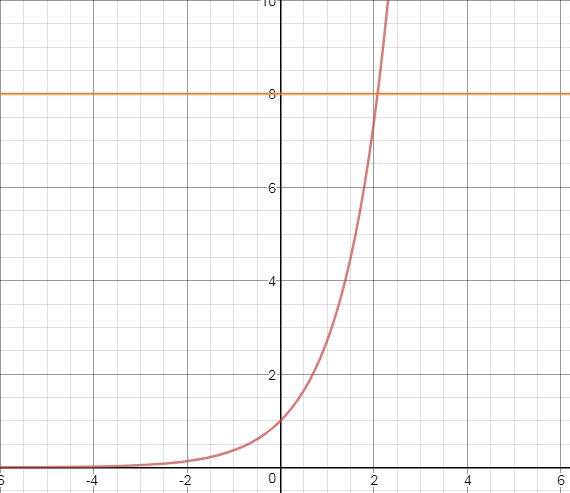in an 'onto' function, every #x#-value is mapped to a #y-#value.
in a one-to-one function, every #y#-value is mapped to at most one #x#- value.
this means that in a one-to-one function, not every #x#-value in the domain must be mapped on the graph. it only means that no #y#-value can be mapped twice.

the graph of #e^x# is one-to-one.
there is no more than one #x#-value for each #y#-value, and there is no more than one #y#-value for each #x#-value.
this can be shown using the horizontal line test: a horizontal line, drawn anywhere on the graph (i.e. of any #y#-value), will not intersect with a one-to-one function more than once (if at all).
the graph of #e^x# is not surjective.
not every #y#-value is mapped on the graph; #e^x# can never be #0# or below. #y=0# is the horizontal asymptote of the graph.

